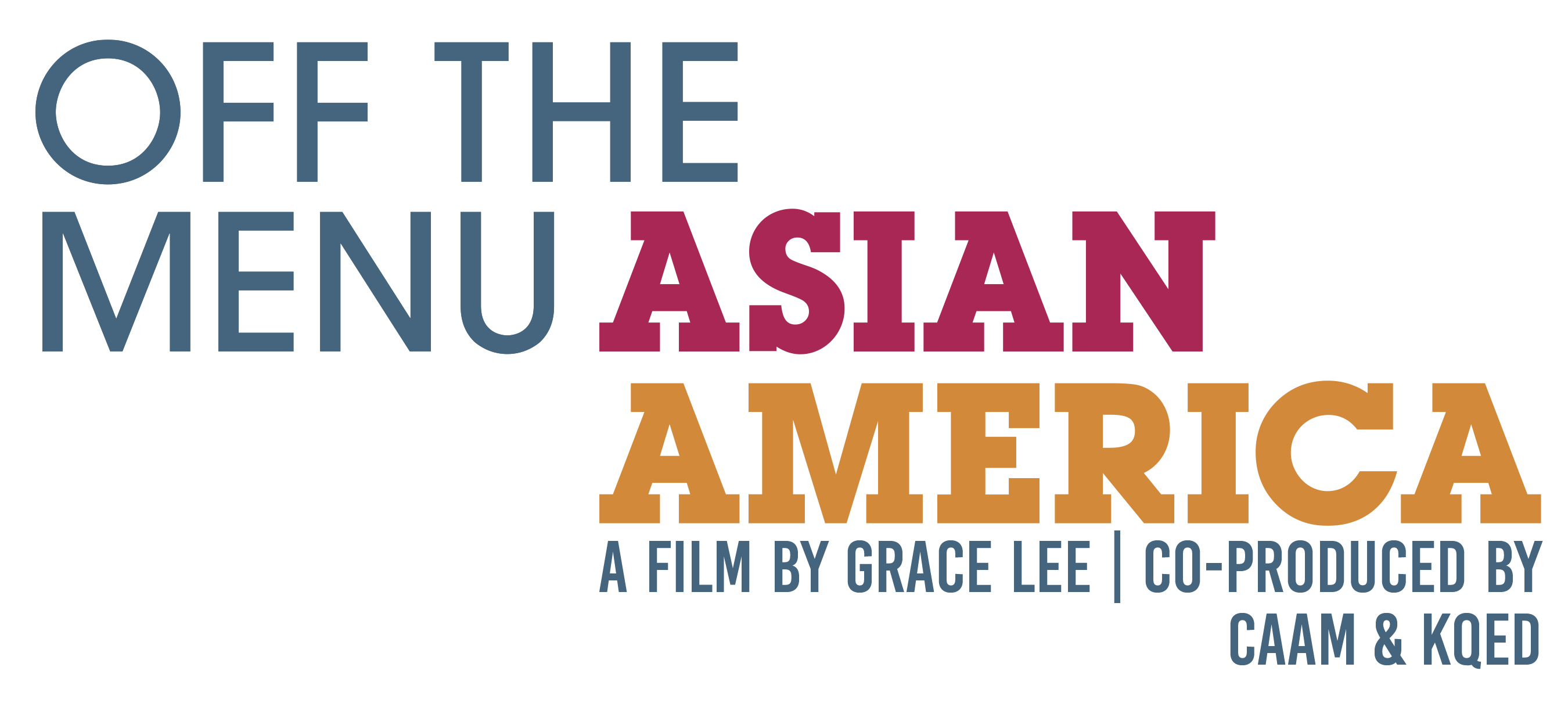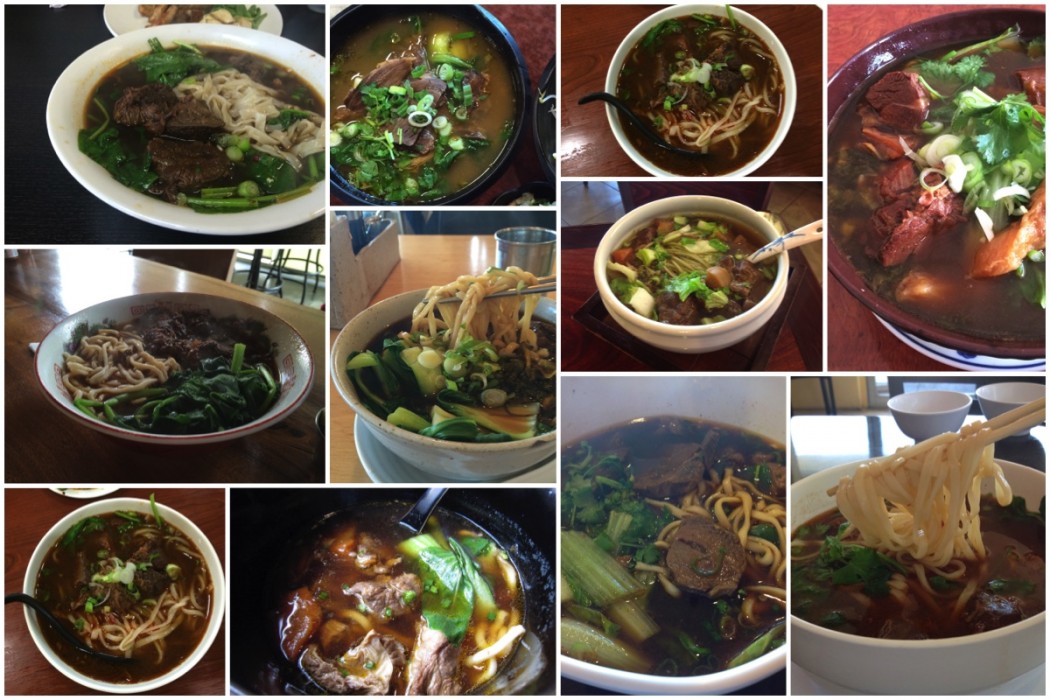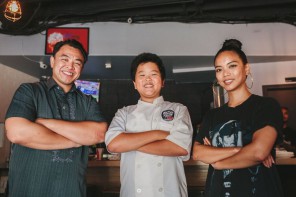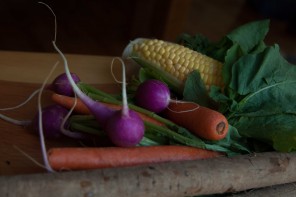When I began to write for publications like KCET Food and L.A. Weekly, I was asked if I’d be interested in covering Chinese food. I didn’t find it presumptive, given that my resume listed a master’s degree in East Asian Studies, fluency in Mandarin and a stint working in Shanghai as an editorial consultant. Besides, food has been an essential means of reconciling my identity as an American by way of Taiwan. Yet while the interest was mutual, mine was nevertheless tempered by a profound sense of responsibility to capture well what’s helped fed my connection to family and heritage.
My parents raised me to eat like them regardless where we went, accommodating only my then intolerance for spicy foods. I spent significant swaths of my childhood in Taiwan, dining on qingtang beef noodles (hongshao when I got older) covered with as much mustard greens as I could get away with, oyster misua, and when allowed, shaken milk tea with grass jelly. In the U.S., we had my mom’s home-cooked meals, lion’s head (pork meatballs stewed with napa cabbage), red-braised shrimp, pan-fried sole. At restaurant get-togethers, I was expected to choose from dishes brought to the invariable lazy Susan while their friends’ kids ate Happy Meals. Later, I’d study in Beijing then live in Shanghai and travel throughout China on and off for years, expanding my palate along the way. When I’ve written about traditional fare, as with a post on beef rolls, I rely in part on gustatory notes collected from these encounters.
Life in Taiwan and the U.S. followed by China was also paradoxically formative in challenging my perceptions on sociocultural membership. Can a hongshao beef noodle soup with heavy Sichuan notes be considered Taiwanese if it’s opened by a bensheng Taiwanese proprietor who adapted the flavors to suit Shanghai clientele? Are certain 19th century Shanghai classics made by post-1949 waisheng cooks in Taiwan considered Shanghainese, Taiwanese or both? Would General Tso’s chicken, concocted by a first generation (Taiwanese, depending on which origin theory) American chef, seen on a menu in Beijing, be considered Chinese? These are questions for which I still don’t have satisfying answers.
I’ve generally avoided describing a culinary custom, familiar or not, as ‘authentic’ point-blank. A delicate line exists between authenticity, or realness, and tradition—the latter I’ll use to approximate a shared approach from a period of time. I rarely use the word in an article unless I can contextualize it with enough nuances, as I attempted in a write-up of restaurant owner Jenny Peng whose shrimp tofu dumpling gave clues to her sensibility from Chongqing onward. There was a Q&A with cookbook author and Cooking Channel host Ching-He Huang in which she talks about where she developed “tastes of home” and why she eschews ‘authentic’ as a term (as well). For a piece on Chase and Chad Valencia of LASA, I wrote about their upbringing as second generation Filipino (Pampangan to be exact) Americans in southern California with time spent up north. They call their approach Filipino-inspired, foregrounding the primary influence that undergirds their multicultural style. I tried to reflect in my writing how all of them consider themselves, and their food, an amalgam of their experiences.
I understand, though, why some Asian Americans may conflate authenticity with all things traditional in food, fixating on it as a label, however monolithic. Acceptance of our foodways has been elusive, indicative of a more systemic refusal. During one peak of anti-Asian sentiment, around the passing of the Chinese Exclusion Act in 1882, yellowface minstrelsy songs would depict Chinese folks feasting on either pets or pests. Fast forward about a century, we saw Claire bugging out the rest of the Breakfast Club with her sushi lunch.
New immigrant food traditions in the United States have typically been met with disdain, if not outright disgust—and if they’re accepted, it’s likely adapted for a wider, more mainstream palate. Most of us have been acculturated to framing our food this way and absorbing a concomitant anxiety. So we’ve developed reactionary notions to cope. Even now, popular perceptions on our food traditions remain a bellwether of political and social acceptance in the U.S.
One prevalent effect is casting authenticity as an insider badge of pride, sometimes flashed to deflect judgment, almost always meant to protect the familiar, dear, and beloved. Case in point: The BuzzFeed video, “Chinese People Try Panda Express for the First Time” has garnered nearly 8 million YouTube views since its Jan. 31 drop. Under four minutes, it spans the spectrum of what you’ll probably hear in commentary on our food. About a minute in, two younger participants, arguably raised in the U.S., mock another’s acceptance of chow mein. In contrast, an older Cantonese-speaking duo finds familiarity in it not long thereafter. As well, two older Mandarin-speaking women note that the hot and sour soup is close to the traditional deal, while the same younger participants deride it.
Juxtaposed, the different reactions on the same dishes reveal generational gaps among Asian Americans informed not by biological age. Instead how we measure the authenticity of Asian food frequently correlates to how we digest our varying immigrant experiences. The younger BuzzFeed taste testers echo a common critique against dishes that depart from their own locus of familiarity.
But it’s problematic when we set our exposure as an absolute standard for realness in another’s, particularly when there is more than one cultural thread that composes the fabric of one’s identity. Especially when we don’t turn the lens back onto ourselves: What informs our perspective? Have we tried a range of takes? What’s our premise for authenticity: price, taste, ambiance? Does a cook’s ethnicity and/or nationality matter? (Chances are we don’t level the same criticism of inauthenticity, say, when our parents riff off recipes passed down from theirs).
We are often unintentionally complicit in discourses that keep us rooted in the very frames constructed against us. Historically our food—our bodies, our very being—has been viewed as alien, inhuman. Our foodways are somehow fossilized in our parlance. It pops up on Yelp reviews, blogs, web listicles. With every food that we funnel through a perceived dichotomy of authenticity, then determine how it falls short, we shortchange our diversity, which refracts our own identity. And so, another outgrowth of grounding food in authenticity is bucking it altogether as a way to reclaim agency, driving perhaps responses like Dale Talde’s overt refusal of it in his new cookbook, titled Asian-American: Proudly Inauthentic Recipes from the Philippines to Brooklyn.
It stands in contrast to the current intersection wherein we’re more at the helm of flipping our culinary script than ever before. We’ve got such annual food festivals as LUCKYRICE (various cities) and 626 Night Market (SoCal) going down from coast to coast. There’s more than one brand of Sriracha-flavored potato chips. Kimchi is often an accepted, if not expected, pickle in lieu of sauerkraut or giardiniera. Former gastronomic deep cuts like uni (the new foie gras declared by some), fish sauce, and Sichuan peppercorns are not uncommon in mainstream recipes. And xiaolongbao, a.k.a. XLB, can go untranslated in casual conversations about the next meal to grab. Rather than mute pungent flavors and hide textures otherwise unfamiliar outside of our families, we might show or tell on our preferred social media platform.
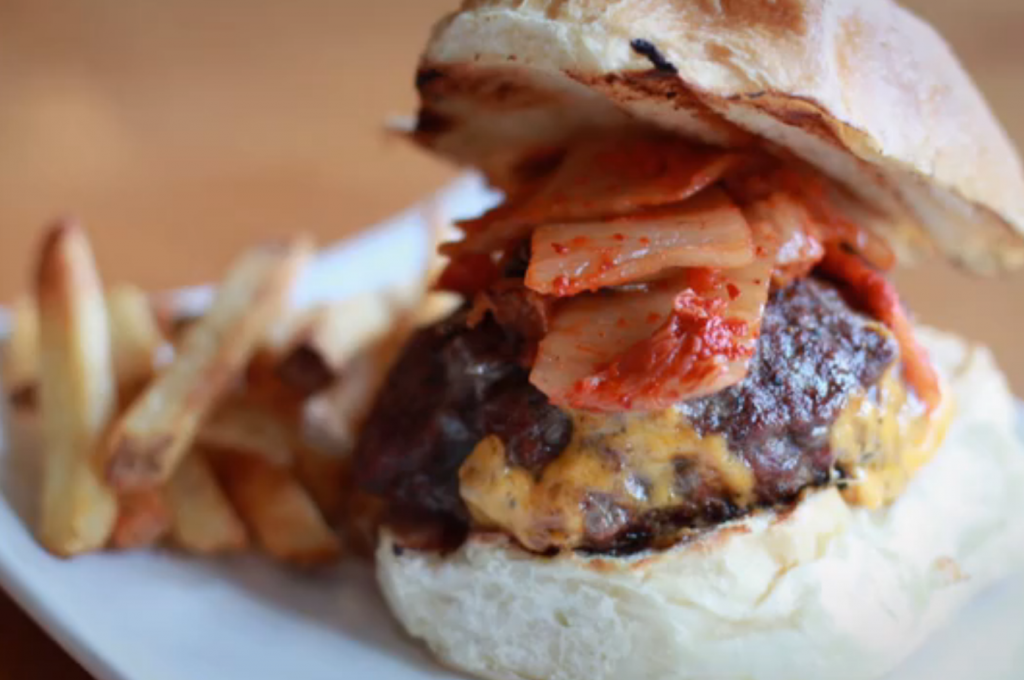
The discourse is steered partly by those of us in media, at times bound by the editorial engine that we feed. Three years ago, a string of articles published within months of one another, each with a set of theories and categorizations on the seeming Asian American gastronomic groundswell. Salon published an analysis on the vicissitudes of Asian “fusion” food. Not long thereafter, Josh Ozersky coined a group of Asian American chefs, strictly male from Gen-X to millennial, as the A-Funk Collective. A month later, Nancy Mastumoto’s definition of Asian Soul Food, told mainly through a triptych of chefs turned food media darlings, appeared in The Atlantic. Meanwhile, New York Magazine deemed it Asian Hipster Cuisine.
These are intoxicating portraits of Asian Americans, self-empowered with a newer found agency, navigating a culinary terrain once polarized by a multitude of factors like language barriers. And whereas each writer provided thought-provoking points, the overall focus was somewhat narrow. For one thing, seldom were female cooks and chefs past or present from Grace Zia Chu and Joyce Chen to Niki Nakayama and Anita Lo mentioned in the articles. Chief among inroads made for Asian/American fare include trailblazers like Buwei Yang Chao, whose seminal cookbook How to Cook and Eat in Chinese, was published in 1945. With the help of her daughter and husband, terms like “potsticker” and “stir-fry” were introduced to our lexicon. Together they’ve helped make room for more chefs, including David Chang, Roy Choi and Danny Bowien, to freewrite their culinary identity.
Not that it’s easy for writers to resolve greater extant issues whether it’s industry norms or lack of reader interest. It is the current convention to report about our food as one-offs or trend flashes rather than interconnected. (Having had drafts removed of details,or given different slants, I know it’s not always the fault of the writer–or at times, the editor, who considers the average reader’s attention span or awareness.) But fundamentally, it comes down to our uneven grasp of U.S. history, symptomatic of the pedagogical orientation that establishes Eurocentrism as the epistemic axis (whew!). Suffice it to say, we may not be as habituated to acknowledge, much less recognize, the chop sueys and California rolls that have cultivated mainstream taste for new American creations.
Authenticity in its purest form is ultimately located within an individual’s narrative. There are thin lines, striae perceptible most to the individual then others who relate to the journey. In filmmaker Grace Lee’s Off the Menu: Asian America, we see a gamut of experiences eliding in ways that compose Asian American foodways. Gary Chiu poignantly illustrates how Banyan Foods, which makes non-GMO tofu products in Houston, came to be a family business that encompasses several Latino families along with his. Fung Tu chef Jonathan Wu made for his amiable grandfather the pork belly and olive egg roll that’s a pastiche of his training and memories, plus fellow co-owner Wilson Tang’s family recipe.
Their stories show that food is hardly static, metamorphosing quick and often unseen through generations of cooks with varying access to ingredients and know-how. When you peel back the elements that comprise a dish, you’ll find all types of traversals. A prominent theory places the origin of ketchup, drizzled over omurice, used in Hong Kong-style baked pork chop rice recipes and as American as condiments go, in southern coastal China. So how do Asian Americans better capture these shifts but also account for tradition?
Late October, I joined the panel group brought up after the screening of Off the Menu at the Japanese American National Museum in Los Angeles. It was a privilege, sitting alongside professionals with differing focuses in food, graced with a packed audience, all of us drawn to questions like whether what we eat can create community. The spirit of exchange spilled over to the post-panel reception whereupon you could hear discussions on the film and its themes taking place throughout the hall. In this intersection of inquiry and opinions, I was heartened. Because we’re better positioned than ever to see: We’re better served when a search for authenticity is posed as a two-way invitation that looks into our own purview as we acquaint ourselves with a chef, a dish, a cuisine—necessitating contextualization, preferably with sociohistorical references. And perhaps if we can keep this pursuit open-ended, ongoing, inclusive as a roundtable, we’ll have a better chance at weaving a tapestry that’s true to our foodways.
—Christine Chiao
+ + +
Christine Chiao is writer whose food coverage has appeared in publications like Serious Eats, KCET Food, First We Feast, L.A. Weekly, and Sunset. She’s currently based in Los Angeles.
 This story is a part of Off the Menu: Asian America, a multimedia project between the Center for Asian American Media and KQED, featuring a one-hour PBS primetime special by award-winning filmmaker Grace Lee (American Revolutionary: The Evolution of Grace Lee Boggs), original stories and web content.
This story is a part of Off the Menu: Asian America, a multimedia project between the Center for Asian American Media and KQED, featuring a one-hour PBS primetime special by award-winning filmmaker Grace Lee (American Revolutionary: The Evolution of Grace Lee Boggs), original stories and web content.
